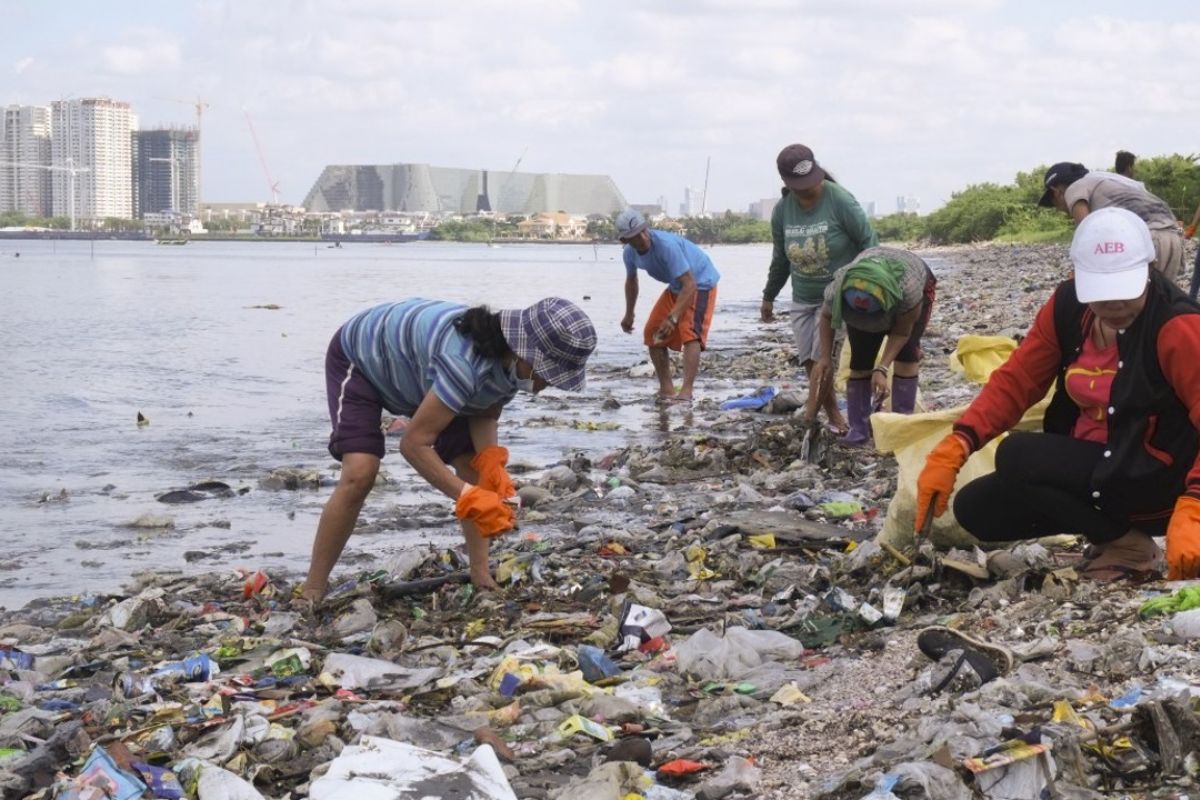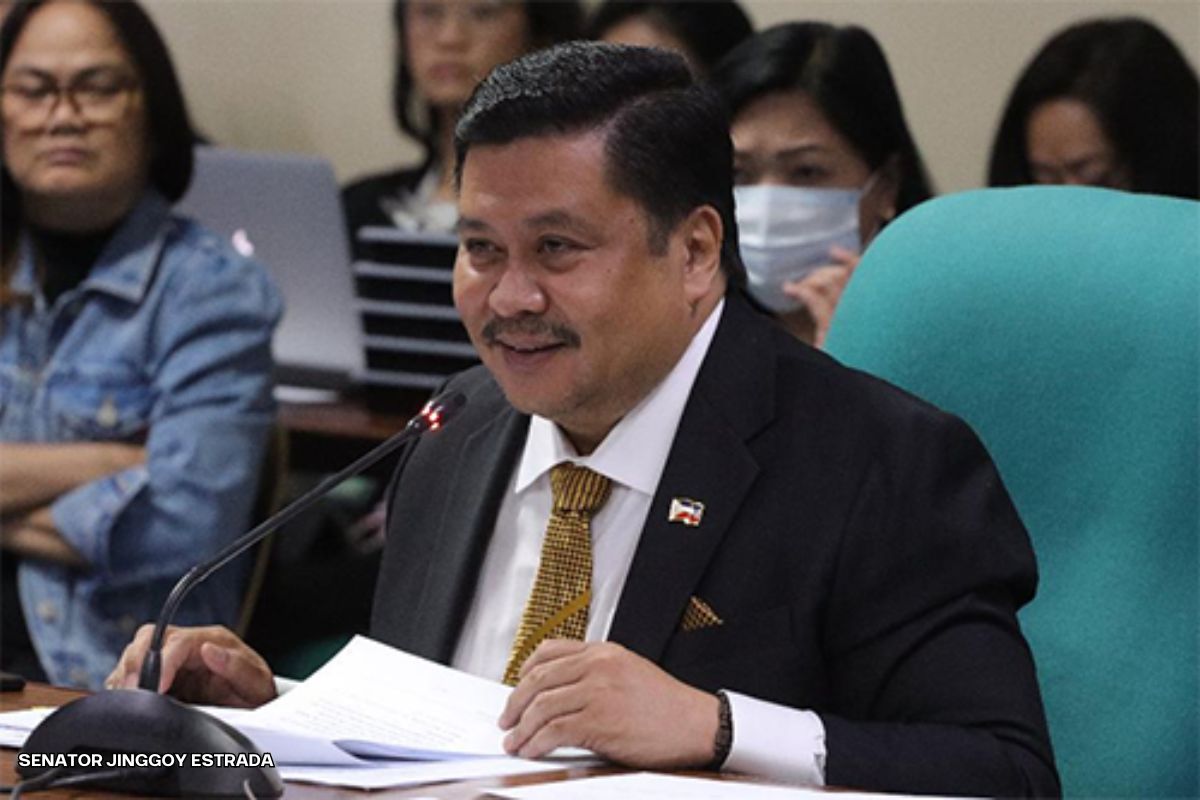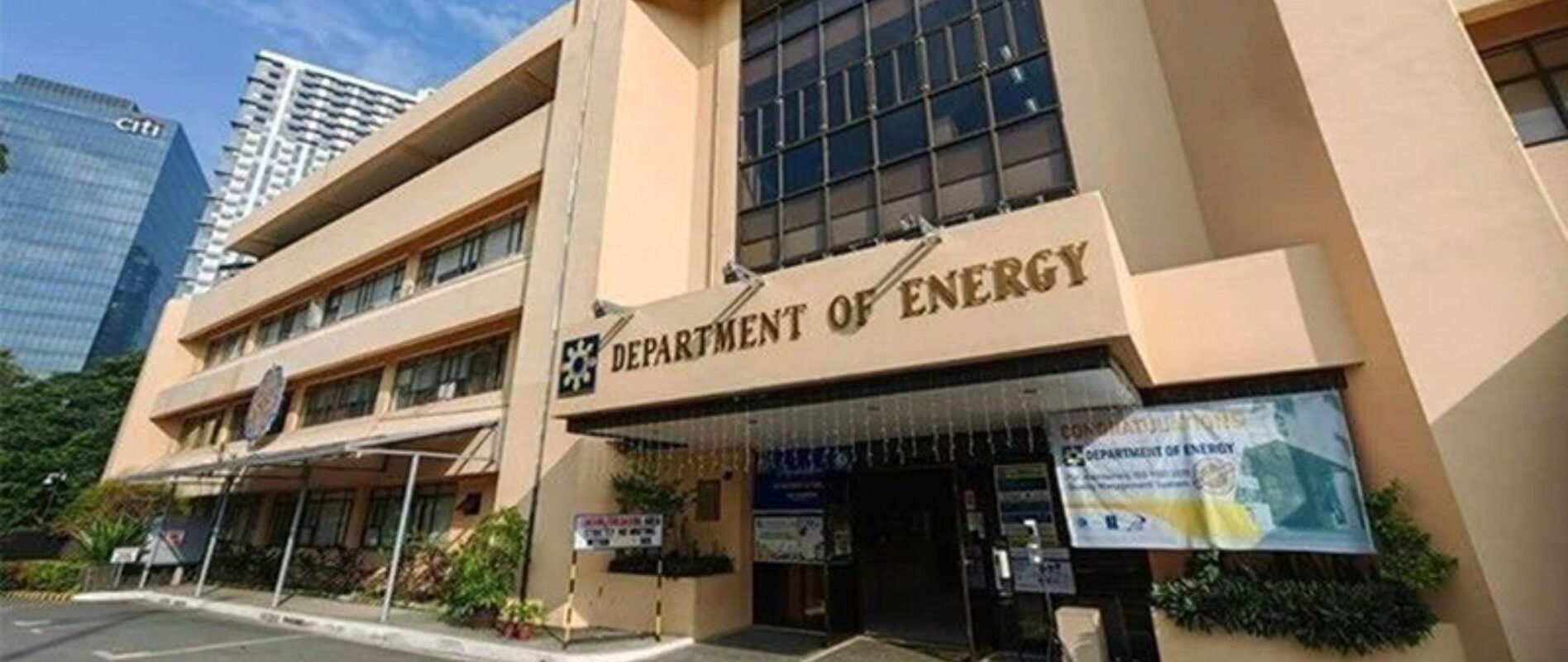DLSU-D STUDY: 12M PIECES OF MARINE LITTER FOUND IN MANILA BAY
A STUDY conducted by De La Salle University-Dasmariñas found a significant amount of marine litter of 12 million pieces along certain sections of Manila Bay’s coastline.
DLSU-D said the research was in collaboration with the Korean International Cooperation Agency, EcoWaste Coalition, and the Department of Environment and Natural Resources.
It focused on 10 sites in the National Capital Region, Bataan in Central Luzon, and Cavite in Calabarzon.
“Researchers divided a 100-meter survey line at each site into 20 parts of five meters, collecting and categorizing litter exceeding 2.5 centimeters in each segment. The study occurred in February, May, August, and November 2023, covering dry and wet seasons,” DLSU-D said.
“The majority (90%) of marine litter collected was various types of plastic, such as single-use utensils, sachets, and wrappers. NCR sites, particularly Tanza Marine Tree Park and Las Piñas-Parañaque Wetland Park, had the highest plastic litter per meter,” it added.
Project Director Dr. Johnny Ching emphasized that local communities should not be solely blamed, as factors like water current direction, location elevation, and river connections are also contributors.
Apart from single-use plastics, the litter included toys office supplies, appliances, clothing, and more.
The study highlighted the impact of the “sachet economy” and the surge in single-use utensils during the pandemic, prompting experts to advocate for behavioral changes and urging manufacturers to reduce unnecessary plastic production.
It also offers valuable insights for public and private institutions, guiding policymakers and authorities in crafting effective management policies for the bay’s pollution.
“The findings reflected the global situation regarding marine pollution; it is just unfortunate that our country is among the top contributors of marine litter,” Ching said.
“The volume of marine litter dominated by plastic is beyond the capacity of the concerned barangays, cities, and municipalities to manage. It’s about time that we have to do our share of moral responsibility to preserve and care for our environment and live a sustainable life,” he added.














